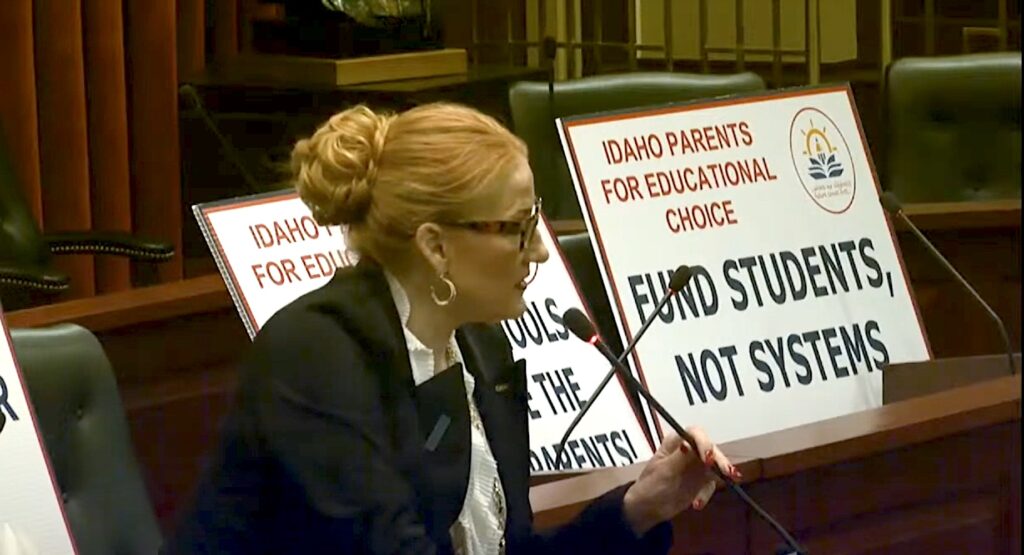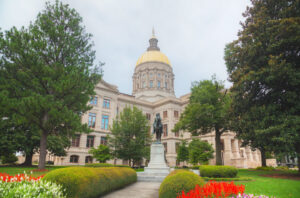The Geography of School Choice Part VI: All education is public education
“Fund students, not systems.”
That’s what school choice supporters often tell their opponents who claim school choice is an attempt to “privatize” public education.
Lance Christensen…

“Fund students, not systems.”
That’s what school choice supporters often tell their opponents who claim school choice is an attempt to “privatize” public education.
Lance Christensen from the California Policy Center adds that all education is public education.
“Public schools are not really just public government schools, they’re all schools,” he told The Lion. “If you go to a private school, the private school still accommodates the public. Even if you’re a small homeschool co-op, that’s still a public school in a certain realm.”
In other words, any institution that helps educate the public (the population at large) is a part of public education. And government-funded schools aren’t the only ones educating the public, nor are they doing a very good job of it, if test scores are any indication.
Thus school choice supporters want to ensure that children – the public – are actually educated, not prop up the educational establishment.
“The state of California guarantees the right for everybody to have a free common education or public education,” Christensen said. “There should be ways that we can accommodate parents who decide they don’t want to take their kid to the school down the street without stigmatizing that they are defunding our schools.
“There’s no reason that money [public funding] has to go only to the government school down the street based upon your zip code,” he concluded.
‘A bottom-up movement’
When opponents of school choice call it ‘privatization,’ they are usually implying that education reformers are trying to get rich off of private schools, in spite of the fact that nearly all religious private schools are affordable, not for profit, and run tight budgets.
Plus, a vast majority of school choice supporters are regular folks who just want what’s best for America’s kids – and their own.
“I have a special needs son and I can tell you he doesn’t fit into the public school box,” said Chris Cargill, president and CEO of the Mountain States Policy Center. “There are millions of other students just like him who don’t fit into the traditional public school box.”
“We believe we should be funding the students and quite frankly it shouldn’t matter what type of program it is,” Cargill continued. “If the student is successful, that should be the metric that we’re looking at.”
Thus school choice isn’t just about one model of education.
Kathryn Hickok, an education expert from Oregon, talked about how her state limits the number of students who can enroll in public charter schools.
“Things like that can change,” she told The Lion.
Even though Oregon doesn’t currently have enough legislative support to pass education freedom measures, Hickok is hopeful that can change too.
“I think this is an issue whose time has really come in our country,” she concluded.
“It doesn’t matter if it’s a charter school, a public school, a magnet school, an ESA [education savings account] program, we’re looking at it from the perspective of what can help improve educational outcomes,” added Cargill, “What we’ve seen in most of the other states is that the more choice you offer the better the educational outcomes are.”
But it takes work to inform the public – and especially policy makers – of the benefits. Take Montana for example, where it took education reformers over two decades just to get charter schools.
“The people finally reached their tipping point. They were like, ‘We need to get organized, and we need to get serious about this, offer some very good legislation and be willing to put the time in to educate not just the legislators but also the people,’” said Trish Schreiber of the Frontier Institute. “A bottom-up movement was how we got this through.”



